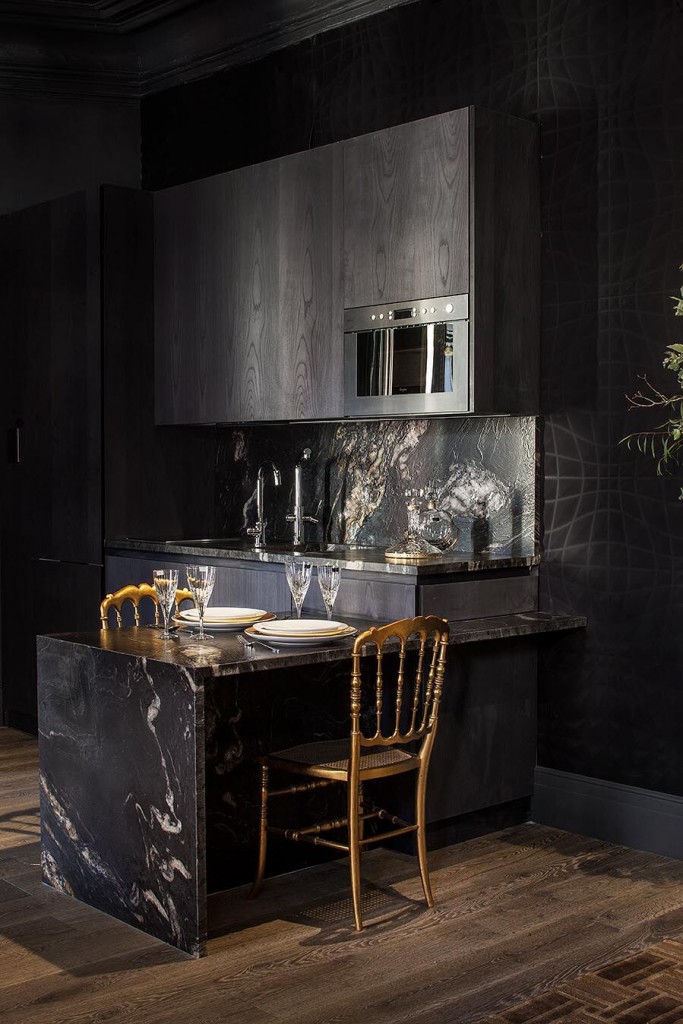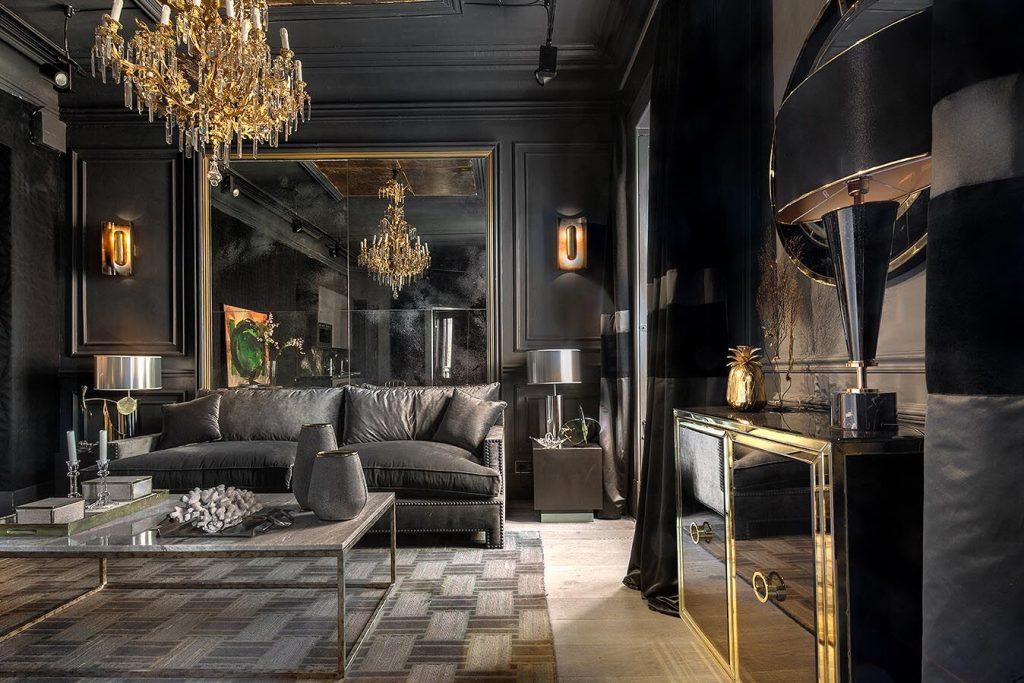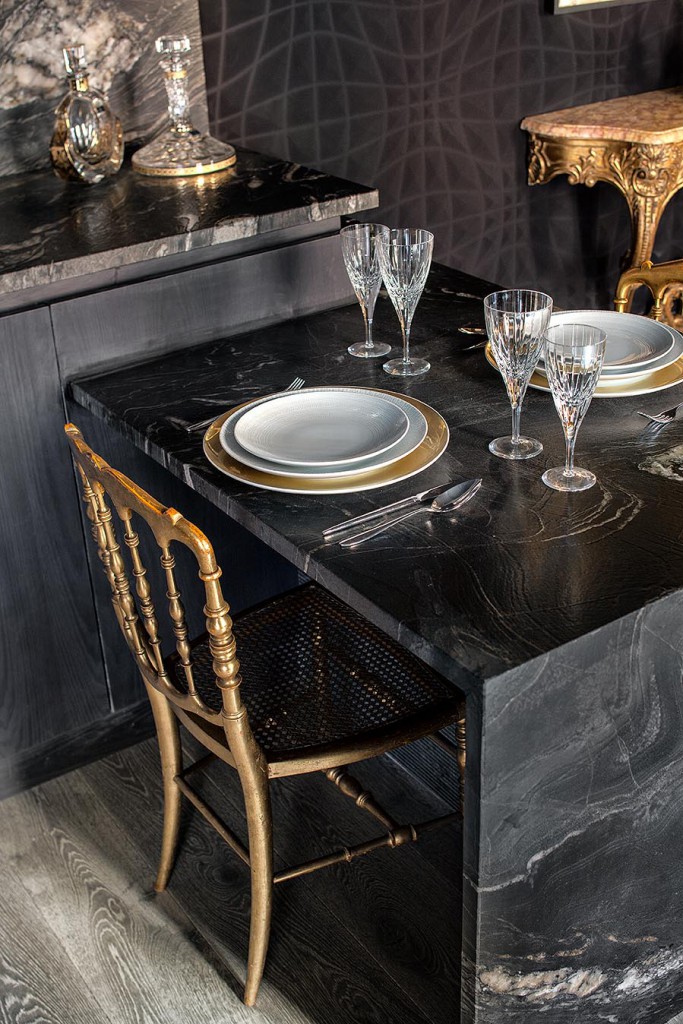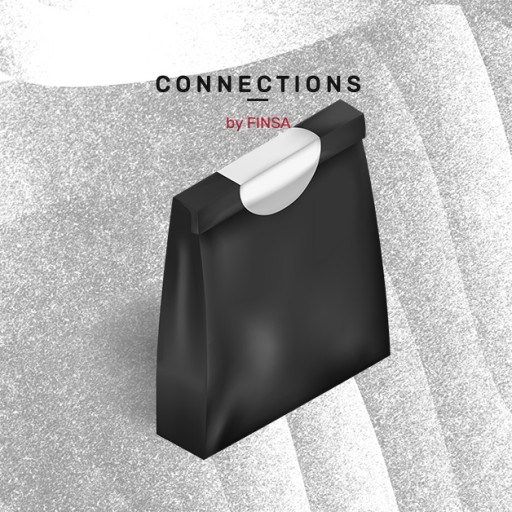Has black ever really gone out of style? This “non-colour” is an essential in every wardrobe and it’s also being used more and more in architecture and interior design. It was one of Shutterstock’s growing trends for 2020 thanks to an almost 2,000% increase in searches for ‘black’, indicating that it is reigning supreme once again.
From elegance to mystery
Black is a colour with many connotations, and it can awaken many different and contradictory feelings in us. In fashion, it is associated with elegance and sophistication; the little black dress is an essential piece in every woman’s closet. But black is also associated with simplicity and power, and even counterculture, including beatniks, bikies, and goths, all of whom base their aesthetic on it.
This colour also has a certain magical, mysterious element to it. Its association with the unknown meant that, in many ancient cultures, it was a symbol of death or the underworld, before representing evil in Christianity. Thanks to a renewed interest in the occult and the spiritual, including astrology and palm-reading, there is a part of the design world that is dominated by black, including illustrations inspired by magic and cosmic images in which darkness prevails.
Don’t be afraid of “total black”
Designers like the contrast that black provides in the creation of powerful visual experiences. In the interior design world, we can see this in the use of patterns and textures that enhance its depth and enrich spaces on a sensory level, with different surface textures like decorative, texturized boards with linear and geometric shapes; natural stones like black marble; porcelain tiles, and lacquered wood, just to name a few.
https://www.instagram.com/p/BxxFZdoIZey/?utm_source=ig_web_copy_link
Given that it’s associated with sophisticated elegance and modernity, black is a classic colour that never goes out of style. After years in which the cool, light shades of Scandinavian design have dominated the design world, Japandi is making everything richer with its deeper colours, and black is even making its way into children’s bedrooms in the form of chalkboards that allow the little ones to express themselves. Black is emerging as a dominant colour for large surfaces, like walls and floors, something that would have been unthinkable just a few years ago. As it’s an achromatic colour, it can be considered neutral, which allows it to be combined with almost any other colour, from pastels to more intense tones.
One of the spaces that is being heavily influenced by this new trend is the kitchen. Despite the fact that white continues to be the preferred colour choice for most, those in the know are using matte black furniture and fittings alongside black marble or tiles. The most fearless among them are committing to a “total black” look, but it can also be combined with stainless steel appliances and accessories or natural wood accents.
Yakisugi: the Japanese method of charring wood
At the intersection of this colour trend and the growing interest in sustainability is a solution inspired by the Japanese: yakisugi. This ancient Japanese technique, also known as shou sugi ban, consists of charring the outer layer of the wood, which turns it a dark colour and makes it more durable. Its name is derived from sugi (Japanese cedar), the type of wood that was traditionally used in this practice. The heating process protects it from fungi or microorganisms and harsh weather conditions. That’s why, even though we can see examples of it being used for interiors or furniture, it’s usually used for exteriors.
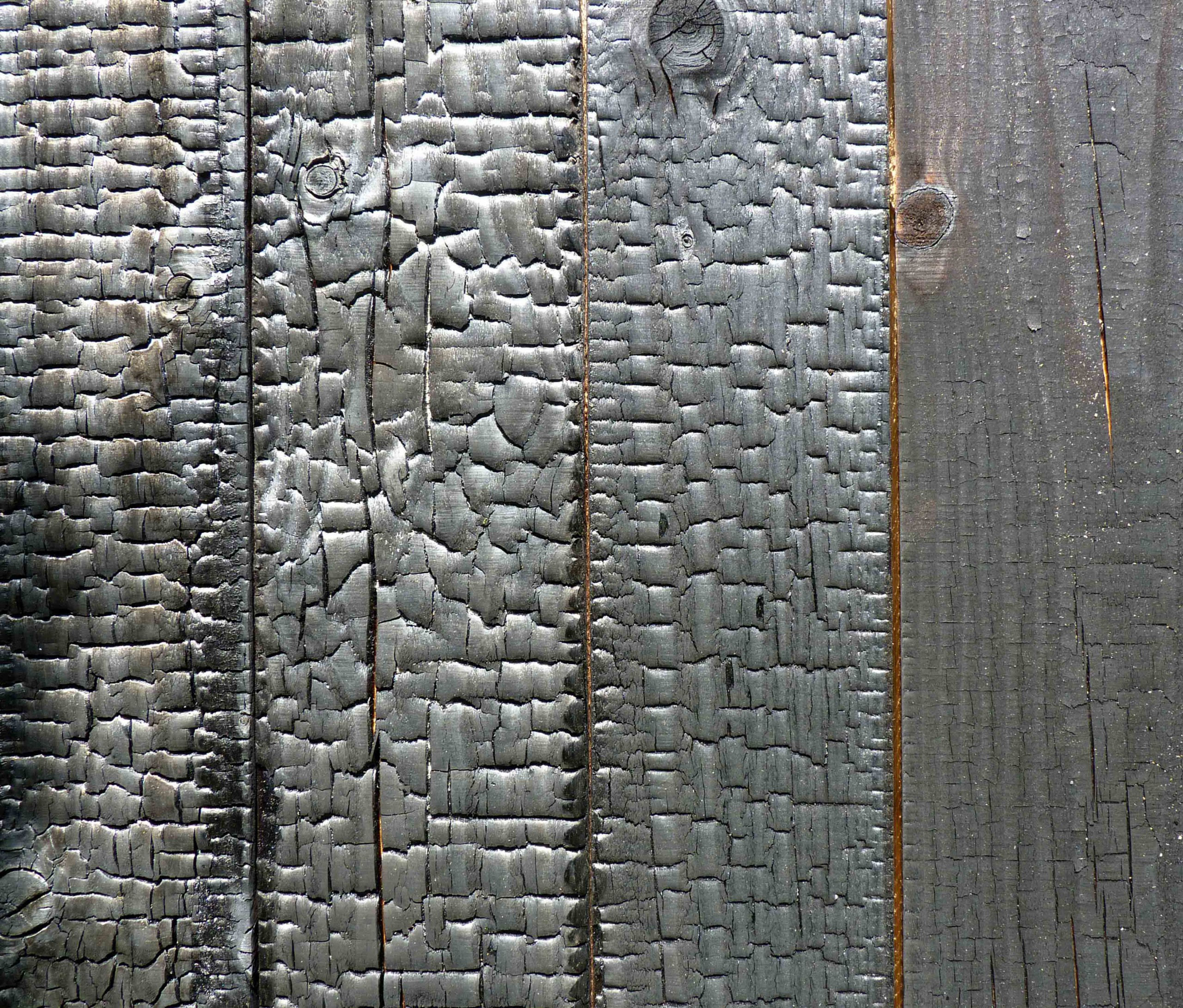
The more it is charred, the blacker the yakisugi timber becomes. The time spent charring it, as well as other factors such as the amount of brushing and the treatment applied afterwards, like oils or varnishes, makes a wide variety of details and textures possible, from the deep black and reptilian-like texture of suyaki to the smoother gendai, in which brushing has eliminated some of the charcoal and lightened the colour of the timber.
https://www.instagram.com/p/B2U-ImKAQw_/?utm_source=ig_web_copy_link
In Japan, we can see yakisugi timber in traditional houses and temples that are hundreds of years old, such as the Ginkaku-ji in Kyoto. But without a doubt, the most well-known example is Horyu-ji, the five-story pagoda in Nara built over thirteen centuries ago, making it one of the oldest wooden buildings in the world.
https://www.instagram.com/p/B8vtgrsg634/?utm_source=ig_web_copy_link
Yakisugi in contemporary architecture
The technique is now used outside of Japan and is gaining popularity, but it was the contemporary Japanese architects who were the first to start using yakisugi again. Terunobu Fujimori was one of its biggest champions and contributed a great deal to getting the word out there about this technique. A professor of the history of architecture at Tokyo University, Fujimori turned to Japan’s past for inspiration. He chars the wood himself using traditional methods, which consist of joining together three wooden planks to make a prism and introducing fire into its centre. Some of his best-known projects include Yakisugi House and his eccentric teahouses.
The combination of the attractive finish of charred wood, its sustainability, and the artisanal element have enamoured Western architects. In the US, it is mostly used in residential architecture such as Shou Sugi Ban House in Silicon Valley, Chilmark House in Martha’s Vineyard, and Soot House by Anthony Esteves, which he built by hand himself. In Canada, one of the best examples of yakisugi use is the façade of Swedish clothing store COS in Toronto, where the material helps the shop stand out amongst its neighbours in the main shopping street of the city.
In Europe, we can enjoy yakisugi at Black Barn in Suffolk, designed by Studio Bark, which is covered in stone combined with yakisugi and brings to mind the local agricultural constructions; the Villa Meijendel by VVKH Architecten in the Netherlands, where the charred timber façade seems to change with the light, hiding or revealing itself depending on the moment; and the Garching Campus auditorium at the University of Munich.
https://www.instagram.com/p/B7raVeHAQ_7/?utm_source=ig_web_copy_link


